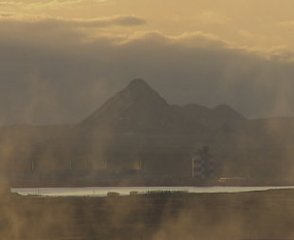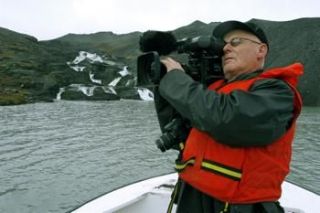From Iceland Review
04/11/2007
The Confederation of Icelandic Employers (SA) presented the results of a new study yesterday.
According to Fréttabladid, the Institute for Academic Evaluation (Námsmatsstofnun) conducted the study for SA. In 2000, 2003 and 2006, 15-year-olds in Iceland were asked what kind of a job they expected to have at 30.
Interest in becoming specialists has increased steadily. Most participants in 2006, 58 percent, want to become professionals of some kind. Currently, only 14 percent of Icelanders work as professionals.
Only one percent of participants want to be office workers or manual laborers, none want to operate heavy machinery, two percent want to become farmers or fishermen, ten percent want to become craftsmen and 11 percent want to work in the service industry.
The teengers did not seem impressed by growth in heavy industry or increased smelter construction either. Only a handful is interested in working on construction sites or in factories.
Ragnar F. Ólafsson from the Institute for Academic Evaluation said he is not surprised or worried by the results. “I feel the results coincide with the emphasis on university education in society.”
“I believe we can be optimistic about the future. The girls delivered especially good results. In 2000, 22 percent of them wanted to work in service, but now they want to become professionals like dentists or doctors,” Ólafsson said.

